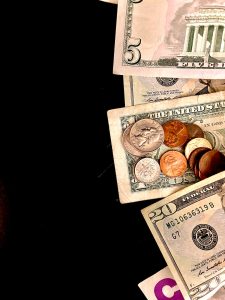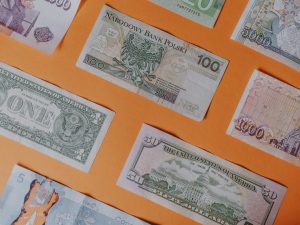Forex, or foreign exchange, is the trading of currencies from different countries. This market is the largest and most liquid in the world, with an average daily trading volume of $5.3 trillion. Forex trading involves buying one currency and selling another simultaneously, with the aim of making a profit from the difference in exchange rates.
Forex trading takes place 24 hours a day, 5 days a week, across different time zones globally. The market is decentralized, meaning there is no central exchange or clearinghouse. Instead, participants trade directly with each other through electronic communication networks (ECNs) or over-the-counter (OTC) markets.
Forex trading involves a wide range of participants, including banks, corporations, hedge funds, retail traders, and central banks. These participants have different motivations for trading, such as hedging against currency risk, speculating on exchange rate movements, or facilitating international trade.
To trade forex, you need a forex broker who acts as an intermediary between you and the market. Forex brokers offer different trading platforms, tools, and services to help you execute trades and manage your risk. Some of the popular trading platforms include MetaTrader 4, cTrader, and TradingView.
Forex trading involves buying or selling currency pairs, such as USD/EUR or GBP/JPY. The first currency in the pair is called the base currency, while the second currency is called the quote currency. The exchange rate between the two currencies indicates how much of the quote currency is required to buy one unit of the base currency.
For example, if the USD/EUR exchange rate is 1.20, it means that one US dollar can buy 1.20 euros. If you believe that the euro will strengthen against the dollar, you can buy the EUR/USD pair. If the exchange rate rises to 1.30, you can sell the pair and make a profit of 0.10 euros per US dollar.
Forex trading involves taking on leverage, which allows you to control a larger position with a smaller amount of capital. Leverage can magnify your profits, but it can also increase your losses. It is important to use leverage wisely and manage your risk by setting stop-loss orders and using proper position sizing.
Forex trading involves many technical and fundamental analysis techniques to identify trading opportunities. Technical analysis involves studying charts and using indicators to identify trends, support and resistance levels, and other patterns. Fundamental analysis involves analyzing economic and geopolitical events that can affect currency prices, such as interest rate decisions, GDP reports, and political news.
In conclusion, forex trading involves buying and selling currencies to make a profit from exchange rate movements. It is a decentralized market that operates 24/5 and involves a wide range of participants. To trade forex, you need a forex broker and a trading platform. Forex trading involves taking on leverage and managing your risk. Technical and fundamental analysis techniques can help you identify trading opportunities.






